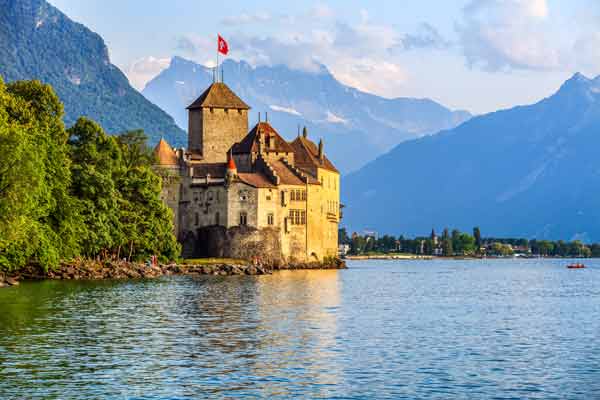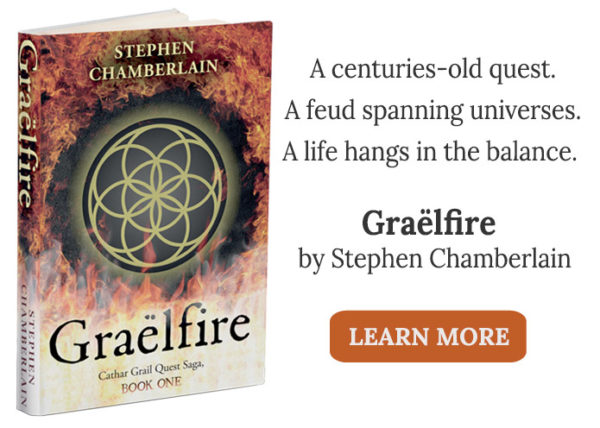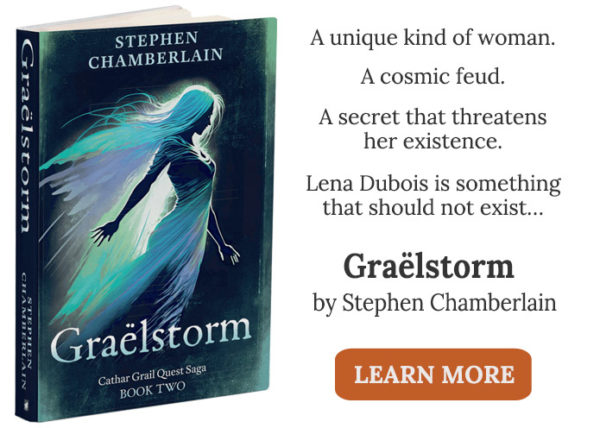“The only real voyage of discovery consists not in seeking new landscapes but in having new eyes.” – Marcel Proust
Perhaps it’s my northern soul, but the connection between landscape and myth has always lured me – how prominent features in the countryside provided a prism through which our ancestors sought to understand the mysteries at work in their world.
Landforms have inspired folklore the world over. The Giant’s Causeway in Ireland and Uluru in Australia are two of the more famous, but they represent the tip of an iceberg. To the ancient mind, the Giant’s Causeway was not the interlocking tops of basalt columns formed during an ancient volcanic eruption, rather stepping stones to Scotland put there by a mighty giant. Uluru / Ayers Rock was not a dome-shaped sandstone outcrop formed during geological uplift, but a feature made during the Dreamtime by two ancestral beings playing in the mud. Holes and gullies in the rock face were scars left over from a battle between mythical creatures.
And yet the relationship between geography and fantasy settings is reciprocal. Landscape may be the mother of myth, but the legends inspired by mountain, crag, or lake give them added dimension in return. Stories elevate these sites in our imaginations. They endow them with cultural value and increase our appreciation of place. Look at Northern Ireland’s Dark Hedges, an avenue of gnarled beech trees used as the backdrop for The King’s Road in Game of Thrones. Virtually unknown and neglected before the HBO series, the trees are now recognized as part of the area’s natural heritage and are protected by a preservation group.
Liminal Landscapes
Of all settings in fantasy, perhaps the most evocative are locations charged with supernatural potency arising from their connection with the liminal, with thresholds. I’m talking about boundary spaces that exist on the margins, like hilltops, lakes, rivers, and caves. Our ancestors saw these natural features as points of transition that imbued them with a mystical in-betweenness. Hilltops marked the border between heaven and earth; lakes and rivers were doorways between the lands of the living and the dead; caves separated light from dark, the world aboveground from the realm below. The cavern was particularly symbolic … an enchanted womb-like space where the laws of nature held no sway. To enter and return was to be cleansed of the past – to be reborn.
For the ancients, the spirit world was never far from theirs, and the two coincided at liminal places. To enter these marginal landscapes was to stand on the threshold between our world and otherness, where the veil between realms was at its most porous. These liminal zones were magical sites, and though feared as intrinsically dangerous, our ancestors revered them as sacred.
Fantasy Settings for Graëlfire
Liminal features inspired fantasy settings for my novel, Graëlfire, The corner of Switzerland where I live is awash with boundary features. It is a dramatic landscape of mountains and lakes, rivers and caves. It seemed only fitting it should have its own legend, and what better theme to choose than the Holy Grail?

Stephen Chamberlain is the author of the fantasy novel Graëlfire. He draws inspiration from the impact of landscape on myth, and the association of liminality with the supernatural and magic. Stephen lives in Switzerland.



